Miles for Piles - Shed Hunting Gear Tips
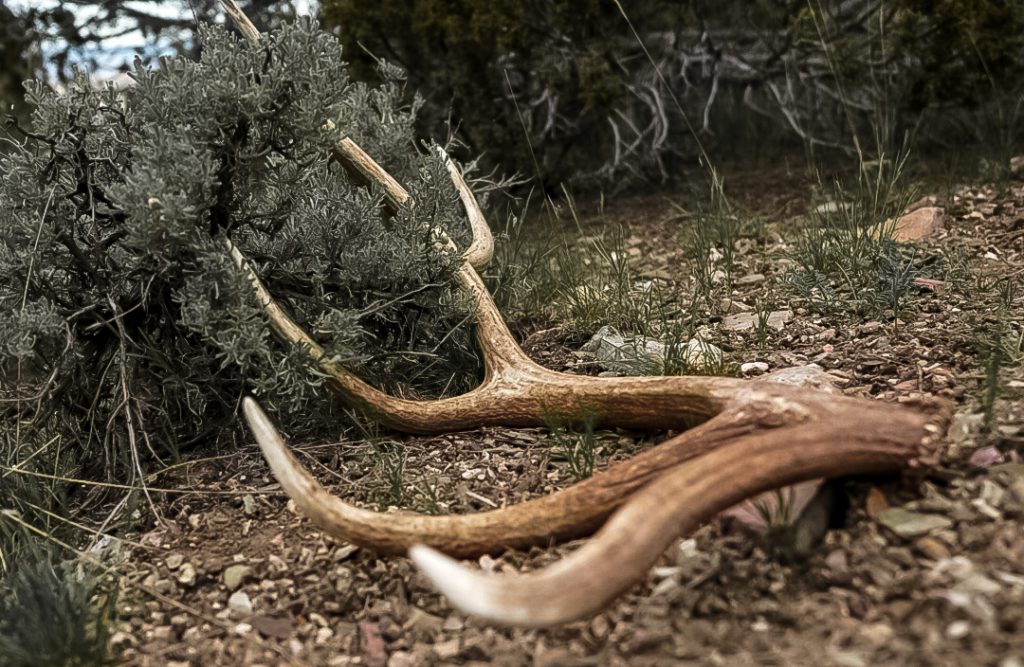
As the long, cold days of winter come to an end, the need to scratch the “Cabin Fever Itch” is stronger than ever. My favorite outdoor activity during from February to June is looking for antlers that deer and elk have shed.
As a shed hunter, I catch myself as my efforts are mostly focused on where I am going to hike, which hillsides the animals wintered on, and dreaming of how many sheds I am going to find. And rightly so! These factors are crucial in increasing the success of a shed hunt.
I’ve learned, however, from past shed hunting experiences, both successful and unsuccessful, there are a handful of factors that will affect my ability to hike further, cover more miles, and essentially, find more sheds.
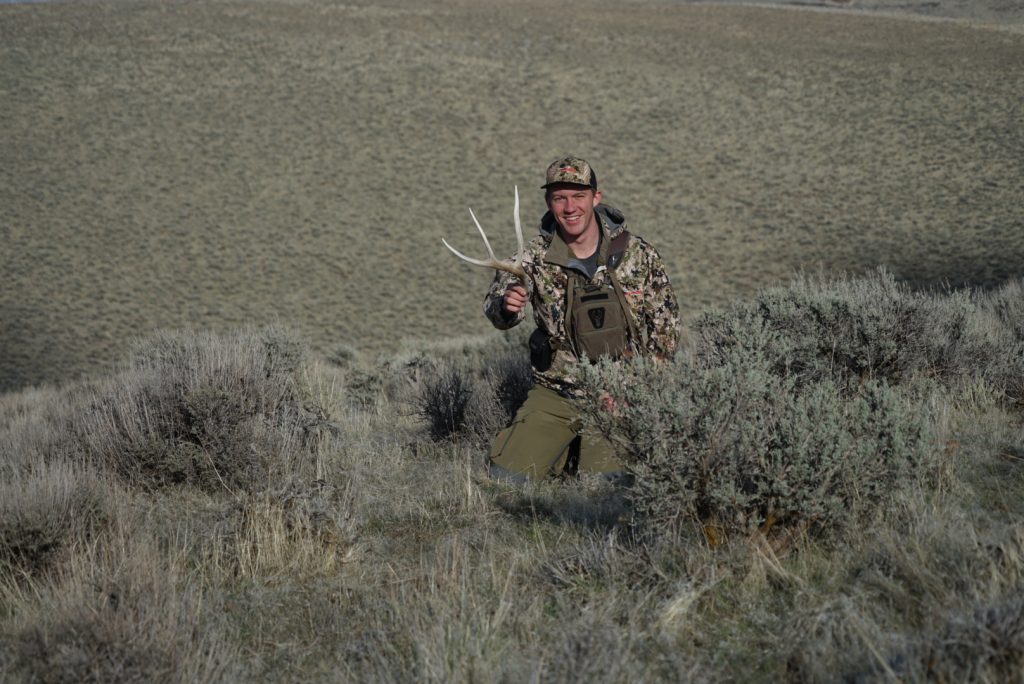
Three areas that I can make or break a shed hunting trip are clothes/boots, non clothing gear items such as optics and packs, and last but not least, nutrition/hydration while on the hill.
There’s a fine line between being prepared and having too much weight on a shed hunt. Weight is definitely the number one enemy. If I have to pack 5 unnecessary pounds 15 miles, my body will get tired faster, resulting in turning around and heading back to the truck earlier than expected. I’ve deemed the items below as essential, and am always looking for items to replace or add to the arsenal.

Clothing
My shed season ranges from December to June. In that timeframe, the weather changes drastically. During the spring months when I spend the most time in the hills, some of those storms can blow in and change the weather in a matter of minutes. It feels like Mother Nature is bipolar.
With that being said, here are some of the essential clothing items that I ALWAYS use, and which times of the year that I use them.
December-March

During this time of the year, the majority of my time outside is actually spent glassing the areas that the animals are living. Similar to big game hunting, the more time I spend in the field learning where these animals live and what they do during the time of the year that they shed, the more likely I am to head back to the truck with an antler or two.There’s a pretty small window of time when the animals are shedding, and knowing where they were during that time is huge. I’ve spent my fair share of days hiking farther than I’d like to admit, without seeing any sign that hinted at animals wintering in those grounds.

Through these months, I always wear a pair of leg gaiters to keep snow out of my boots and keep my pant legs mud and snow free. I usually wear a medium/heavy weight pair of pants, such as the King’s Preacher 2.0 or the Sitka Timberlines. A lightweight and packable puffy coat (Kings Transition Down or Sitka Kelvin Lite) is a must, especially when sitting and glassing for long periods of time.

From March to May, lighter pants such as the Kings Ridge or the Sitka Mountain pants are more comfortable and breathe well. A lightweight rain jacket is always carried, as the weather can take a turn for the worst when least expected.

Mid April to the end of June is HOT, and to adjust accordingly, I wear the lightest and most breathable clothes possible. Pants of choice are the King’s Sonora or the Sitka Ascent. I will wear a shirt with a hood, so that my ears and neck aren’t burnt to a crisp by the end of the day. The BlackOvis 150 hooded merino or the Sitka Core Lightweight Hoody definitely fit that bill.

My boots of choice would have to be either the Crispi Thor or the Lapponia, as both are lightweight, durable, and comfortable. If I find myself in steep, rocky terrain, I tend to use the Thor as they are stiffer and provide more support. If I am in rolling sagebrush hills, the Lapponia couldn’t be a better choice.

Non Clothing Gear Items
Even though optics weigh more than anything else that I take, optics and a tripod are MUST for me. My first year of shed hunting was binocular free, and I rarely used them my second year. However, when I finally got the concept of “let your glass do the walking” through my thick skull, the amount of sheds that I was finding each year nearly doubled.
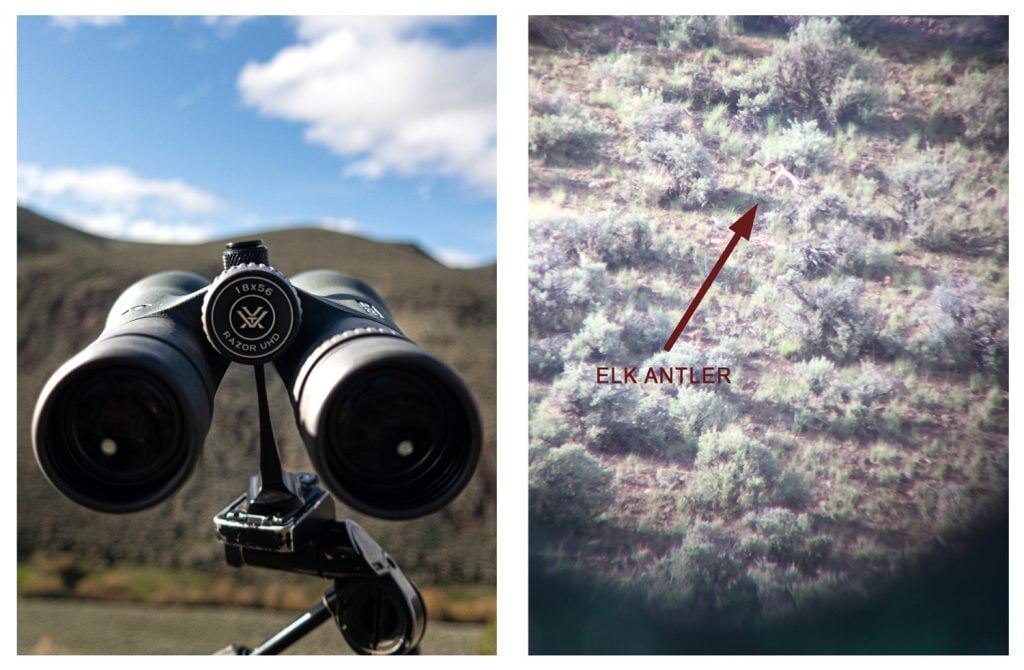
The only tripod I will take is the BlackOvis Carbon Fiber Treeline Tripod. It’s lightweight, compact, works very well when sitting and glassing, and can handle any spotter or binocular combo that you’d want to throw in your pack for a shed hunt.

Small things to keep in my pack and keep in mind are bungee cords and electrical tape, in order to keep your sheds close together, which keeps the weight from separate horns shifting and moving all of the time while trying to hike to the truck.
Nutrition/Hydration

On average, it's safe to say that an average day of shed hunting consists of hiking 8-10 miles per day. Our bodies are just like vehicles, and as we burn energy, we HAVE to refill our physical tanks throughout the day in order to have the strength and endurance to cover the most ground possible. I'd say, without a doubt, that failing to properly fuel my body throughout the day has been one of the biggest and most consequential mistakes, which has led to a short, miserable hike back to the truck.
In order to combat that mistake, I ALWAYS have Warrior Fuel Elevate and Honey Stinger Waffles in the designated “snack pack” of my compartment.

Elevate is a supplement that was meticulously developed for the endurance athlete over a two year period of trial. The Essential Amino Acids (EAA’s) are huge in muscle recovery and combating fatigue. The other minerals that make up Elevate increase focus, combat sluggishness, maintain hydration, as well as increase endurance and strength. It is an “all in one” supplement that every outdoor enthusiast should have in their pack.
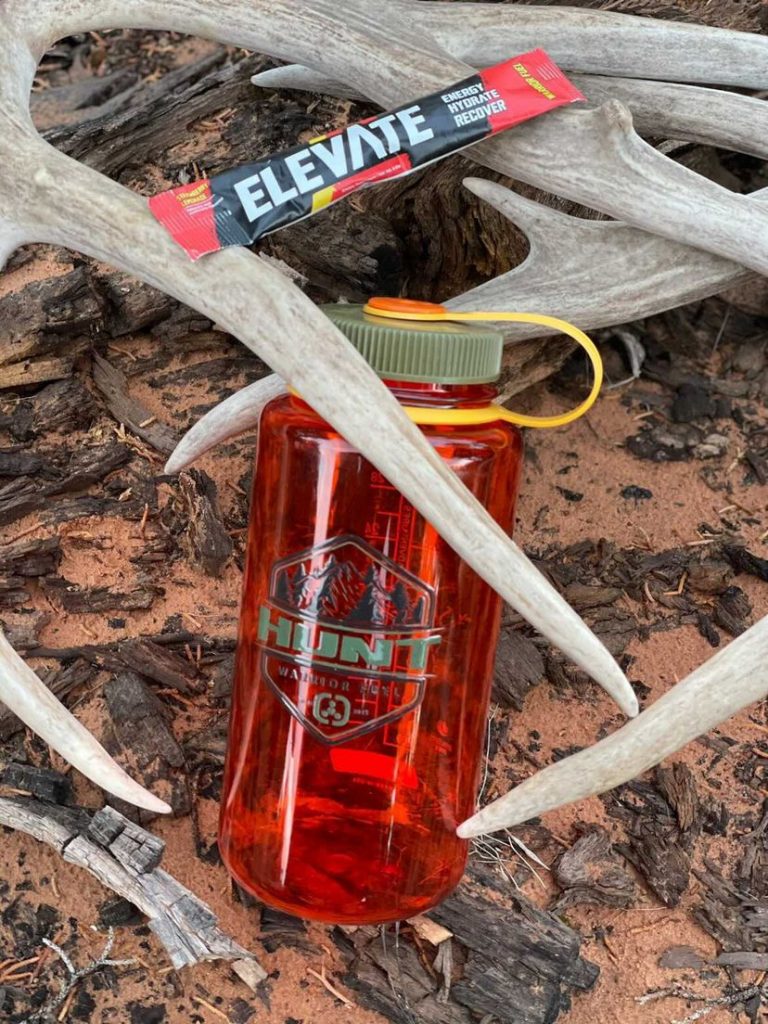
When it comes to food, especially when exerting a lot of energy, our body's muscular demand is so high, that it will take and burn almost anything that we eat during that time frame. With that being said, carbohydrates are metabolized almost immediately, while the energy from fats and protein are available over a longer period of time. I try to eat nuts and jerky around lunch time, but keep Honey Stinger Waffles in my pockets and try to eat one every hour or so. At 4.8 ounces, a Peak Refuel Strawberry Granola always finds its way in my pack and is enjoyable for a mid day meal.
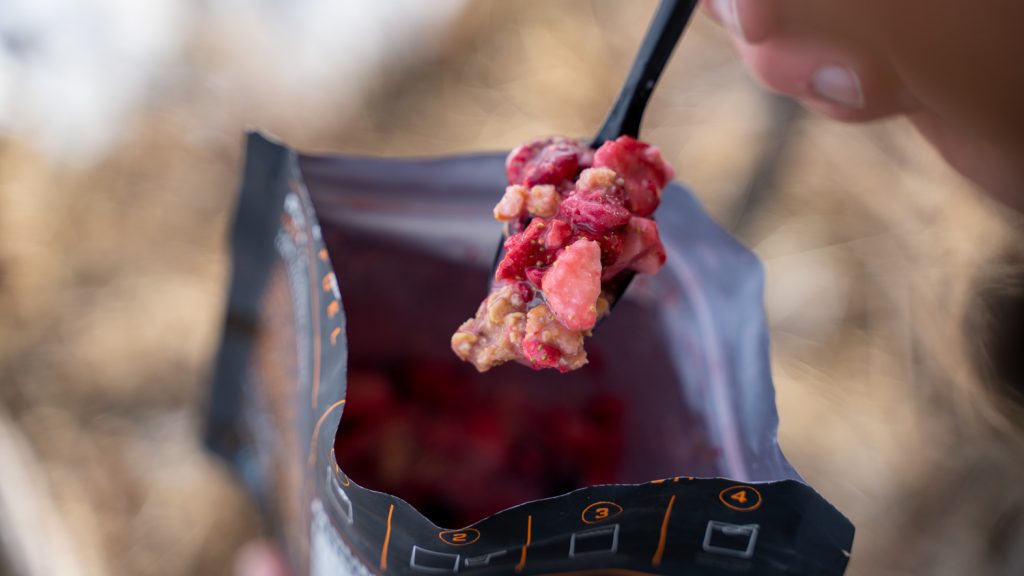
Let my learning experiences help you avoid some miserable days on the mountain due to lack of gear, food, or hydration. You can find many of the items in this article at BlackOvis.com. Drop your favorite shed hunting gear tips or tactics in the comments below!



Being out in the wild can be sketchy as much as it is exciting. What you decide to bring on this kind of journey will determine the kind of trip you will experience. To help you out, this blog The Ultimate Hunting Gear Essentials will enumerate everything you need to bring for a hunting adventure. Here are the gear essentials you need to prepare.